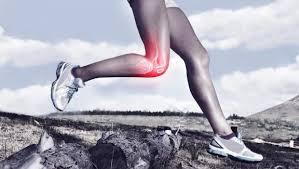
- posted: Nov. 29, 2019
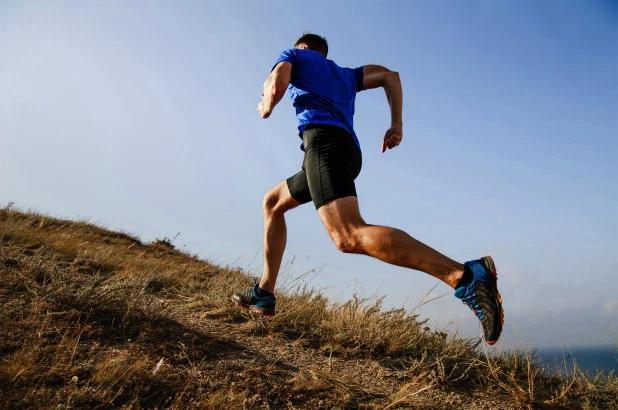
Injury Prevention for Long Distance Runners
It's no secret that distance running is a great way to stay healthy, and improve heart function. However, even with all the health benefits of distance running, if done without the proper guidance it can also lead to a number of injuries due to the volume, and the repetitive nature of this sport.
Some studies have shown that one-year lower extremity injury rates for distance runners may approach 79%. (1)
Distance runners are going to be prone to injuries just based on the nature of the sport, however, we have some tips for you on how to keep yourself healthy and injury-free.
1. Choose the Correct Shoe Style
In general, people can predict the most suitable running shoe based upon the outline of their wet feet created on the pool deck.
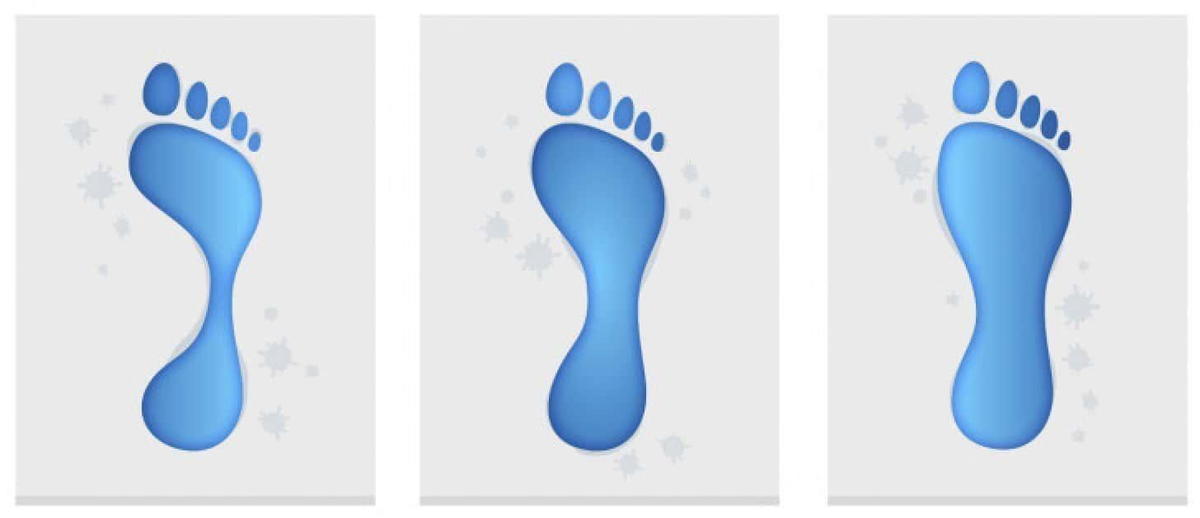
If your outline looks like a full-width foot (photo on the right), you probably need a motion control shoe to help control an overpronating arch.
*Pronation is often referred to as flat foot.
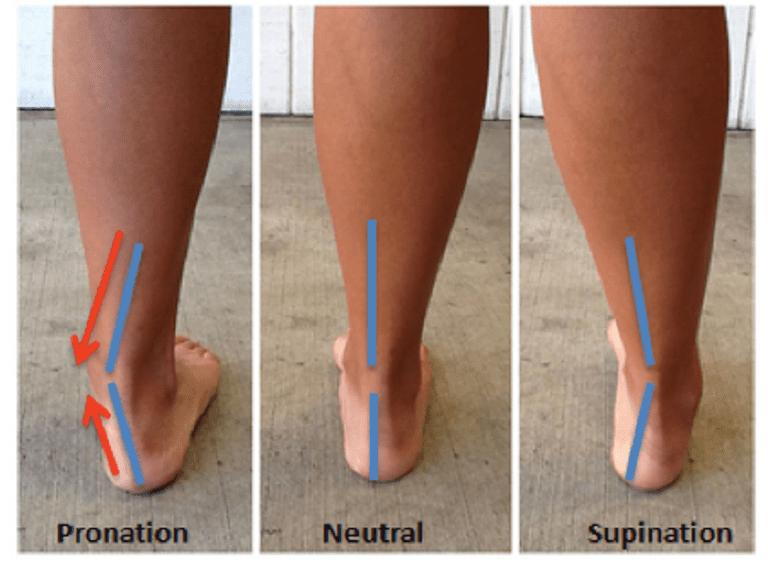
A motor control shoe used for flat feet is designed for people with low or no arches. They should void overly stiff motion control shoes as they decrease your perception of ground strike and can lead to new injuries.
If you leave an outline that has a “skinny” midfoot (photo on the left above) then you supinate excessively and a cushioned shoe may be your best choice. A shoe designed for supination is for people with high arched feet. The shoe is more flexible and absorbs the shock created by the lack of pronation.
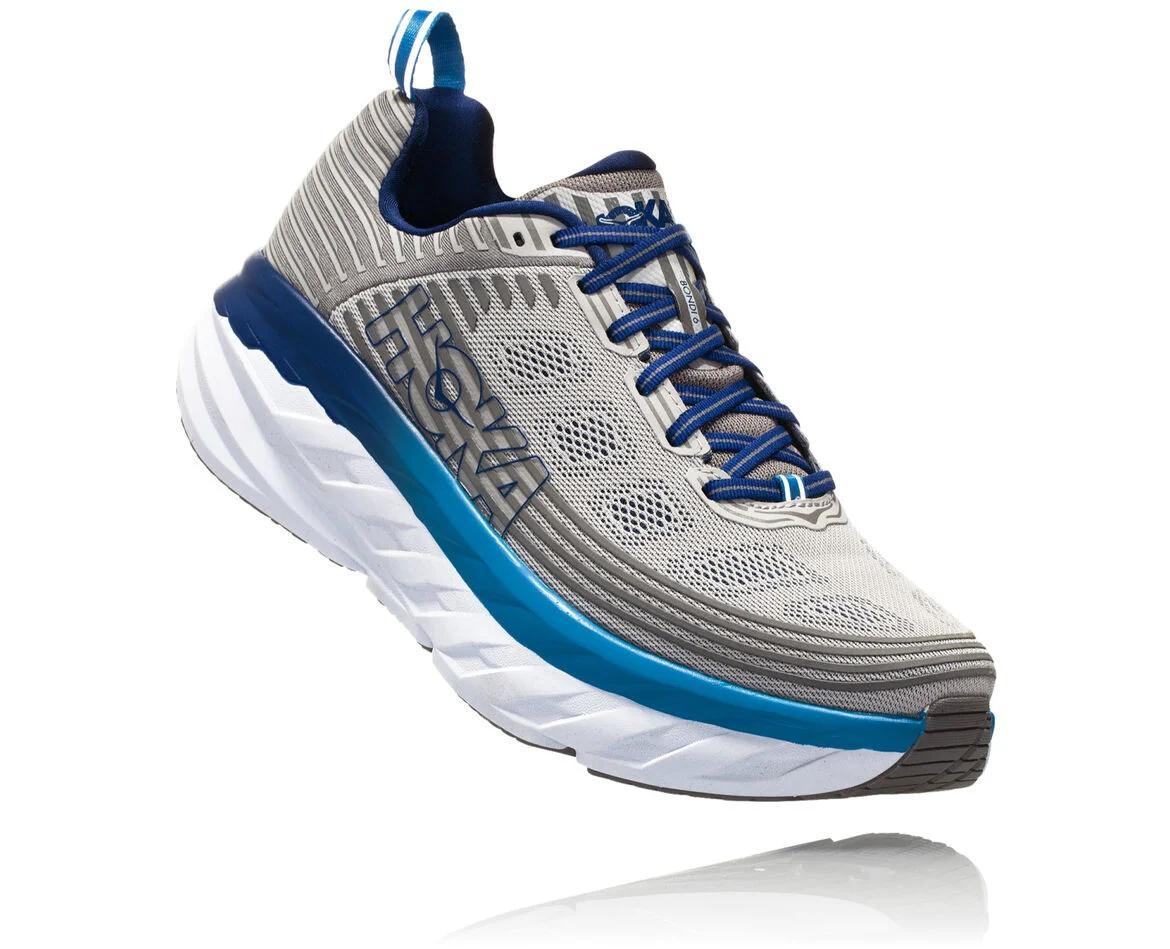
*THE HOKI Bondi 6 is a great example of a good cushioned shoe.
If you don’t fall into either of the two extremes, then a neutral shoe is your likely choice. This shoe is designed for people with normal arches and running mechanics. The shoe contains some cushioning to absorb shock, helps prevent injuries and has some rigidity to avoid pronation.
Running shoes should be replaced every 250 miles.
2. Avoid the Terrible Too’s

All too often, athletes suffer from the “terrible too’s”
- Too much training
- Training too hard
- Training too fast
Injuries develop, or return, when runners attempt to develop their bodies too fast. Our phasic and postural muscles need to be activated slowly to build capacity and performance.
Follow this:
The 10-percent rule:
This is one of the most important and time-proven principles in running. It states that someone should never increase their weekly mileage by more than 10 percent over the previous week.
For example, you're running 10 miles one week (5 runs @ 2 miles per run), they should only increase their total distance to 11 miles the next week. This gradual increase in activity allows their body to adapt to the progressive demands.
3. Get your Spine, Posture, Hips, Knees and Feet checked by a Chiropractor
Your body works as a kinetic chain, meaning that one area of your body can affect another part of your body.
This can include, but not limited to:
- Postural alignment
- Spinal Scoliosis
- Lack of motion in the spine
- Lack of motion in the hips
- Leg length differences
- Flat Arches
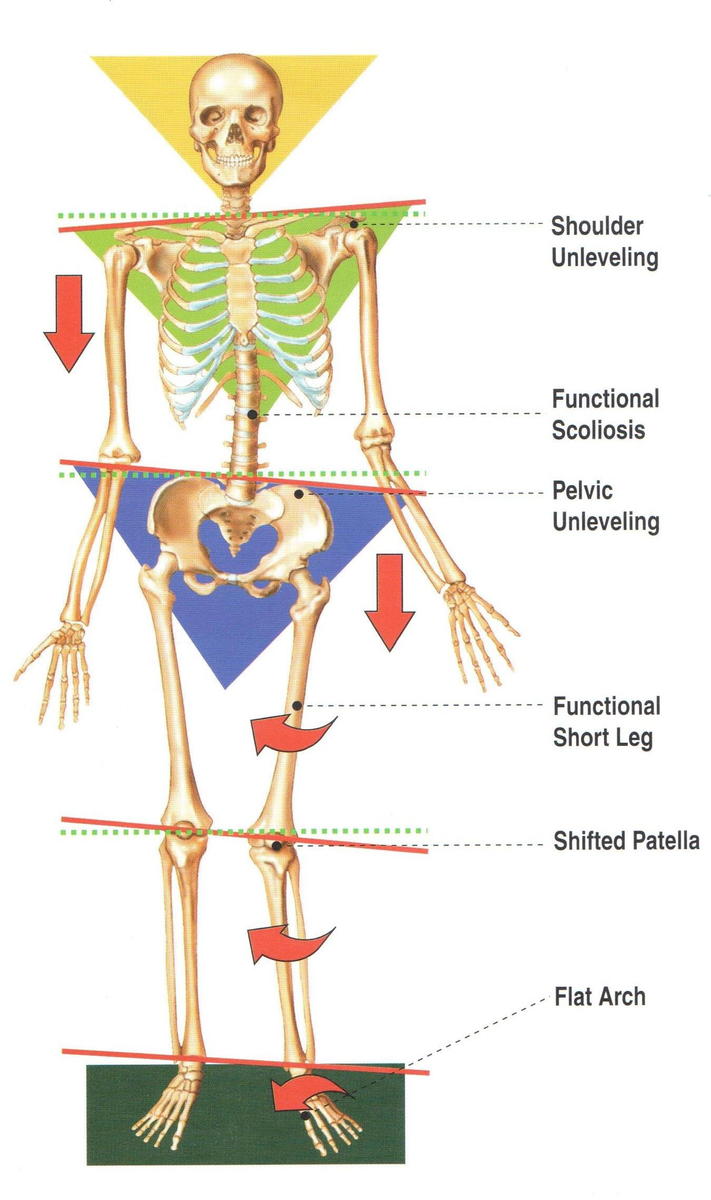
All of the items listed above can cause injury in a long-distance runner. Our bodies function a lot like cars. Take care of your car, and it will take care of you. Cars need to be checked for mechanical issues routinely, to avoid costly repairs later on in the car's life.
Make sure that your body is working functionally to limit, or avoid, painful problematic injuries!
Sources: Br J Sports Med. 2007 Aug; 41(8): 469–480.
Published online 2007 May 1. doi: 10.1136/bjsm.2006.033548
HOURS OF OPERATION
Same Day Service
8:30 am - 6 pm
9 am - 5 pm
8:30 am - 6 pm
9 am -12 pm
8:30 am - 5 pm
9 am - 12 pm
Closed
Location
Find us on the map
Provance Chiropractic Sports & Wellness, LLC
2920 Kingman St STE 110
Metairie, LA 70006, US
(504) 456-9799
